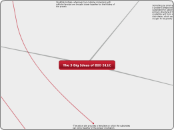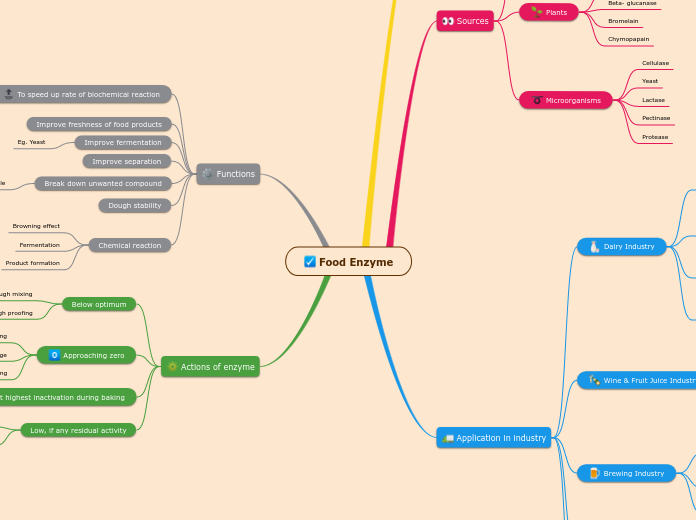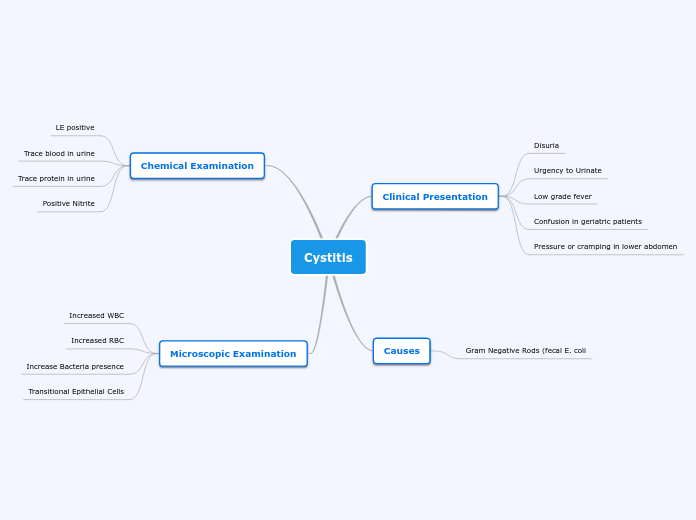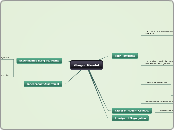The 3 Big Ideas of BIO 311C
Genetic information is transmitted through generations and expressed in a regulated manner.
Transcription -> Translation
Chaperonins
Assist E. coli in folding proteins correctly
PEP carboxylase
Ribulose-1,5-bisphosphate carboxylase oxygenase
ATP synthase
Needed for powering cellular work by making ATP
Couples exergonic reactions with endergonic reactions
e.g.
Glutamic acid + ammonia -> glutamine
('tis endergonic, nonspontaneous)
Glutamic acid + ATP -> Phosphorylated intermediate + ADP
-> Glutamine + ADP + Pi
(got coupled, so 'tis exergonic, thus spontaneous)
Something as small as a point mutation can drastically alter a protein's shape and ability to function. When valine is substituted for glutamic acid at a particular position in the primary structure of hemoglobin, the hemoglobin molecules crystallize and form a sickle shape as opposed to a normal disk-shape, which causes the blood cell's capacity to carry oxygen to be greatly reduced.
The product of gene expression are RNAs that are either functional themselves or get translated into proteins.
Energy is stored, used, and transformed in living systems.
Enzymes lower the activation energy barrier of a reaction in several ways once the enzyme-substrate complex is formed... note that there is enzyme-substrate specificity.
-The active site provides a template on which the substrates can come together in the proper orientation
-The active site provides a template on which the substrates can come together in the proper orientation
-The enzyme might stretch the substrate molecules towards their transition-state form
-The active site could be a microenvironment that is more conductive to a particular type of reaction... If the active site has amino acids with acidic R groups, the active site might be a pocket of low pH in an otherwise neutral cell. An acidic amino acid may facilitate H+ transfer to the substrate as a key step in catalyzing the reaction
The C4 pathway of the Calvin Cycle is observed in plants that choose a spatial separation between processes. They use a different form of carbon fixation that forms a four-carbon compound as its first product instead of the three-carbon product in C3 plants.
This is done to prevent photorespiration, which uses O2 instead of CO2 in the Calvin Cycle, which reduces photosynthetic output.
PEP carboxylase fixes carbon from CO2, and oxaloacetate then malate takes it into the bundle-sheath cell
In the bundle-sheath cell, the 4C compound releases CO2 which is reassimilated into the carbon cycle with rubisco and the normal players of the Calvin cycle. The same reaction regenerates pyruvate.
Pyruvate is converted to PEP by ATP. The ATP is the price of concentrating CO2 in the bundle-sheath cells. To make extra ATP, bundle-sheath cells carry out cyclic electron flow. There is no PS II in bundle-sheath cells so PS I, which carries out cyclic electron flow, is their only photosynthetic mode of generating ATP.
They use the enzyme PEP carboxylase which has a much higher affinity for CO2 than does rubisco and NO affinity for O2. This prevents photorespiration.
Structure relates to function.
When amino acids are joined to construct a protein, they have many different levels of structure
Primary
Linear chain of amino acids, which dictates the secondary and tertiary structures due to the chemical nature of the backbone and side chains (R groups) of the amino acids positioned along the chain
Secondary
alpha-helix and beta-pleated sheets, the result of hydrogen bonds between the polypeptide backbone.
Tertiary
Three-dimensional shape stabilized by interactions between side chains
Disulfide bridges--whenever two cysteine monomers with sulfydryl groups are brought closer together by the folding of the protein
Hydrophobic interactions--amino acids with hydrophobic/nonpolar side chains end up in clusters out of contact with water
Changes in H+ and OH- concentration can drastically affect a cell's proteins and other complex molecules, because these molecules are so reactive. The dissociation of water can affect things like hydrogen bonds and other intermolecular forces.
The pH of a solution is defined as the negative logarithm of the hydrogen ion concentration: pH=-log[H+]
A buffer is a substance that minimizes changes in the concentrations of H+ and OH- in a solution.
Polar molecules have an uneven distribution of charge. Determined by difference in electronegativity between atoms linked by a covalent bond. High difference between EN values means polar covalent bond, low difference between EN values means nonpolar covalent bond.
Polarity also determines whether or not the molecule is hydrophilic or hydrophobic; if the molecule is polar, it is hydrophilic, if the molecule is nonpolar, it is hydrophobic.
Amino acids (building blocks of proteins) are differentiated by their different side chains (R groups).
Certain amino acids have hydrophobic/nonpolar side chains, hydrophilic/polar side chains, or electrically charged/hydrophilic side chains.
These side chains' properties are observed in their prevailing ionic forms at pH 7.2, which is the pH within a cell.









